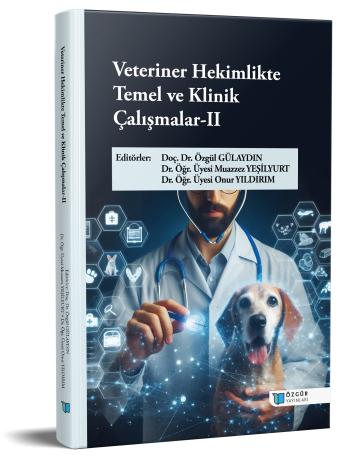
Foreign Bodies in Dogs: The Role of Endoscopy
Chapter from the book:
Gülaydın,
Ö.
&
Yeşilyurt,
M.
&
Yıldırım,
O.
(eds.)
2025.
Basic and Clinical Studies in Veterinary Medicine-II.
Synopsis
Foreign body ingestion in the gastrointestinal tract of dogs is a common condition that can potentially lead to serious complications. Clinical signs vary depending on the type of foreign body, its location, and the severity of the obstruction. Esophageal foreign bodies are more common in small breed dogs, with obstruction localized in areas of natural narrowing. Endoscopy is a minimally invasive, highly successful, and effective method for the diagnosis and treatment of these cases, reducing the length of hospital stay. Endoscopic tools and techniques are selected according to the type of foreign body, and the use of mucosal protection devices during removal is common. The duration of endoscopic procedures and the risk of complications are related to the operator's experience and the animal's clinical condition. When endoscopic intervention fails, surgical methods are preferred. Among preventive measures, keeping flexible and indigestible materials away from dogs is particularly important. Therefore, early diagnosis and intervention can prevent serious clinical conditions.

